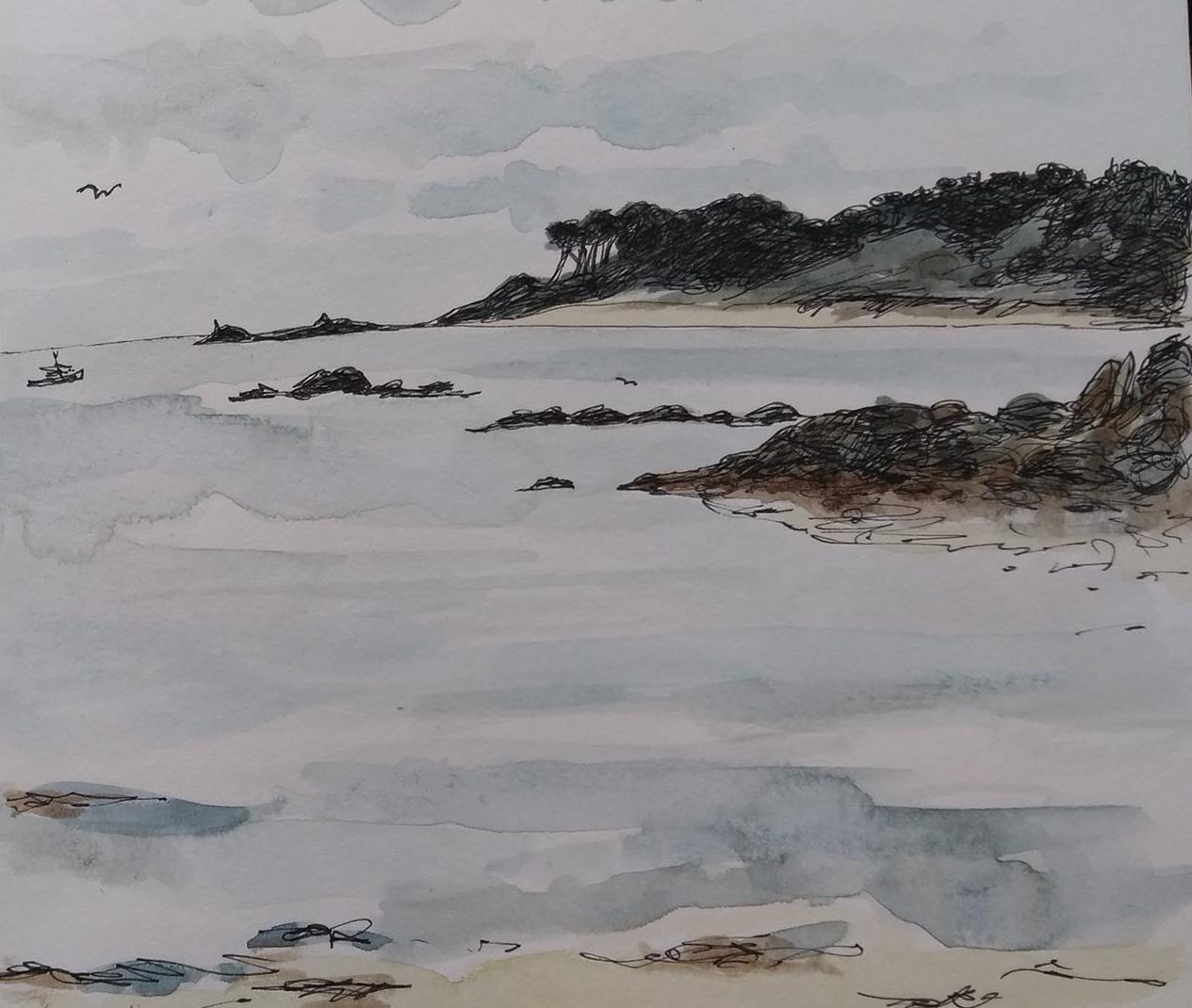We’ll rant and we”ll roar like true British sailors
We’ll rant and we’ll roar, all on the salt seas
For we’ve received orders to sail for Old England
From Ushant to Scilly is thirty-five leagues

The Scillies are the most southern point in the UK. They sit 28 miles southwest off the tip of Cornwall, five islands inhabited by people and an archipelago of around 140 more, home to seals and a multitude of sea birds. Made of granite, they were probably joined as one single island as recently as Roman times. They have been the homes of wreckers and kelp harvesters, pirates and flower growers, fishermen and farmers. Now tourism is probably the dominant industry, although there are many artists, writers, craftsmen and designers.
The largest island in the archipelago is St Mary’s, and it has the principal harbour and airport. The inhabited ‘off-islands’ are St Martins, St Agnes, Tresco and Bryher. Of these, Bryher is the smallest. They sit in the North Atlantic current, braving the warm but often stormy westerlies and dominated by the weather and the tide. The weather is amongst the mildest in the UK, and winters are amongst the warmest. The tidal range – the variation in height between the highest and lowest tides – is unusually high for the open sea (at around 6 metres). At extremely low tides, it is possible to walk between several of the islands. The islands are designated as an area of outstanding natural beauty and are a first stopping-off place for many migrant birds and a breeding ground for many others, including terns and puffins. Mainly owned by the Duchy of Cornwall – the uninhabited islands are leased by the Isles of Scilly Wildlife Trust for the rent of one daffodil per year.
